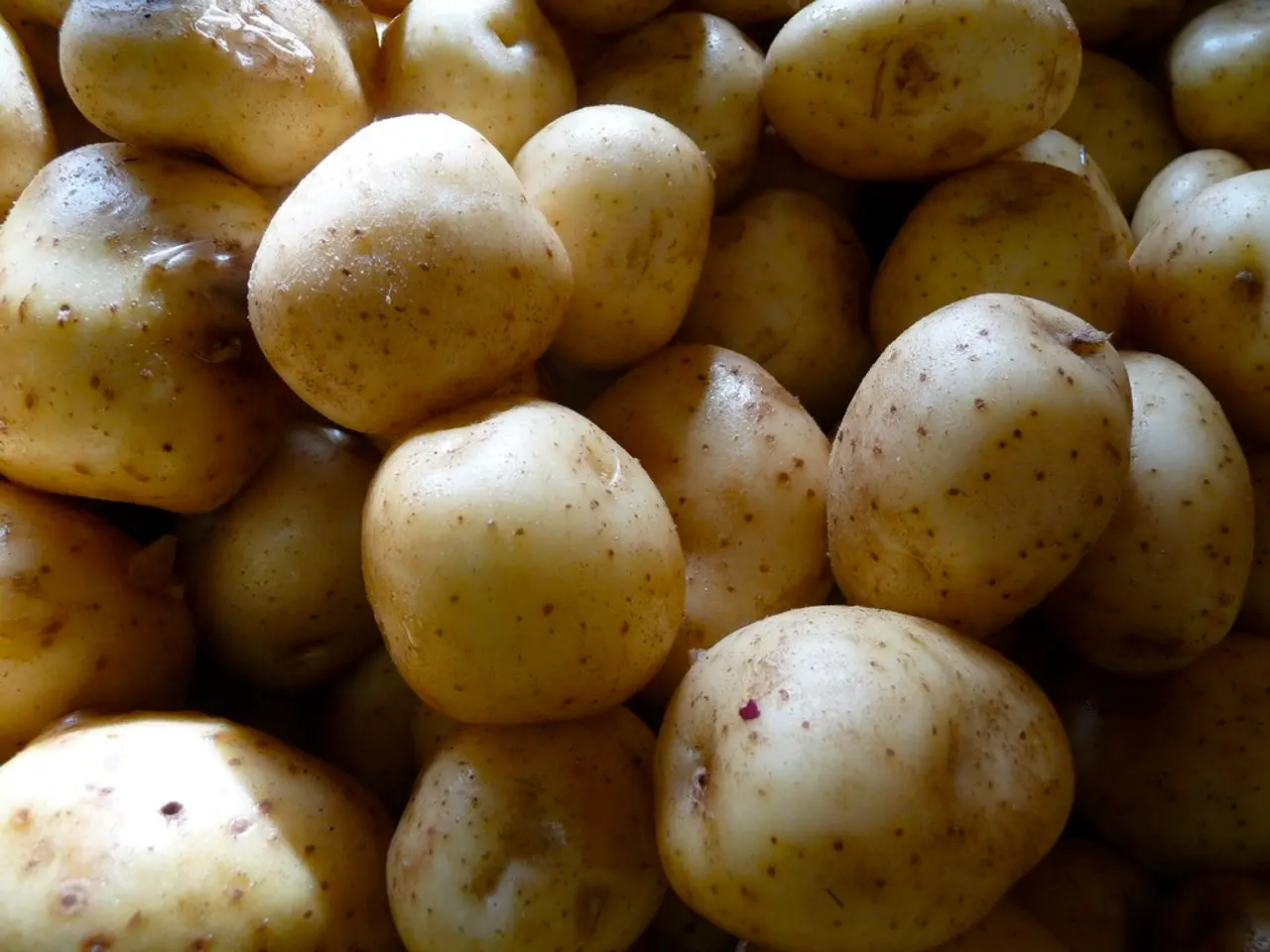Exploring the Grand Canyon's Full Depth: A Step-by-Step Guide for the Perilous Descent
=========================================================================================
The Grand Canyon's 'rim to river' hike, a popular challenge for experienced hikers, is not without its risks. The National Parks Service (NPS) strongly advises against this strenuous trek due to extreme summer heat, steep elevation changes, and complex trail conditions.
The average hiker's timetable for the 'rim to river' hike is as follows: starting from the South Kaibab Trailhead, hikers typically carry 3 litres of water and refill all of it at Phantom Ranch. Upon leaving Indian Garden, hikers should carry 1.5 litres of water up the trail.
The hottest part of the hike is usually between Phantom Ranch and Indian Garden, where temperatures can exceed 120°F (49°C) on exposed parts of the trail. This heat poses severe health risks, such as heat exhaustion or death, especially for hikers with pre-existing medical conditions or insufficient preparation.
In addition to the extreme heat, the steep elevation changes and exposed trail sections make the hike physically demanding. The hike involves an approximately 5,000-foot elevation change each way and extreme temperature changes.
Ongoing trail closures and reroutes related to waterline construction near Phantom Ranch increase the difficulty and length of some routes, further undermining safety.
The NPS strongly advises extreme caution and recommends talking to park rangers before attempting such hikes. They warn against hiking to the river and back in one day due to the long distance and strenuous nature.
However, for those who wish to experience the Grand Canyon's beauty without the risks, there are alternatives. The hike from Bright Angel to Plateau Point, for example, offers water throughout and shaded rest areas.
For those who choose to undertake the 'rim to river' hike, it is essential to prepare thoroughly. Carry a headlamp in case you get stuck out after dark, and trekking poles can be beneficial during the descent and climb. A hydration bladder or two 1.5-litre Smartwater bottles should be carried for hydration, and food that's easy to eat when it's hot out and has some salt in it for energy is recommended.
The 'Trails Illustrated Grand Canyon National Park Trail Map - Bright Angel Canyon/North and South Rims' by National Geographic is useful for navigating the hike. The South Kaibab Trailhead is not accessible by car, and hikers must take a bus to reach it.
In conclusion, the 'rim to river' hike is discouraged by the NPS due to extreme summer heat, steep elevation changes, trail construction, and the risks these factors pose. For a safer alternative, consider the hike from Bright Angel to Plateau Point. Always check the backcountry alerts page on the Grand Canyon NPS website for updates on water availability and the weather forecast at Phantom Ranch before embarking on any hike.
- Hikers starting the 'rim to river' hike from the South Kaibab Trailhead should consider carrying a map by National Geographic for navigation.
- For a safer hiking experience, one can explore alternatives such as the trail from Bright Angel to Plateau Point, which offers water throughout and shaded rest areas.
- During the 'rim to river' hike, carrying essential gear like trekking poles, a headlamp, a hydration bladder, Smartwater bottles, and salt-rich food can enhance safety and convenience.
- Campers planning to pitch tents near national parks should be aware of the challenging trails and complex conditions, especially when attempting strenuous, long-distance hikes like the 'rim to river' trail in the Grand Canyon.






